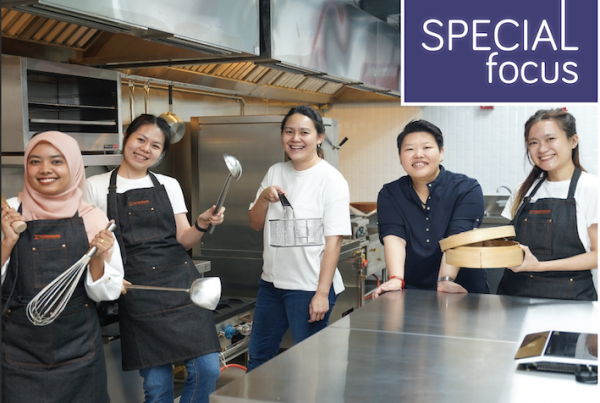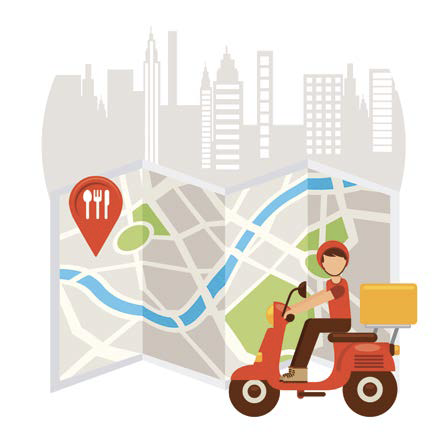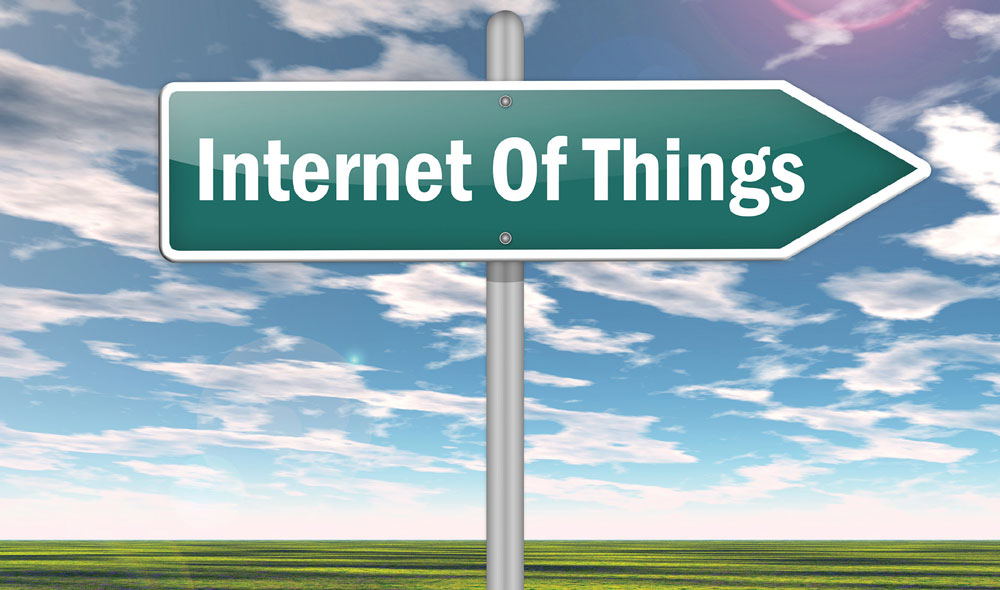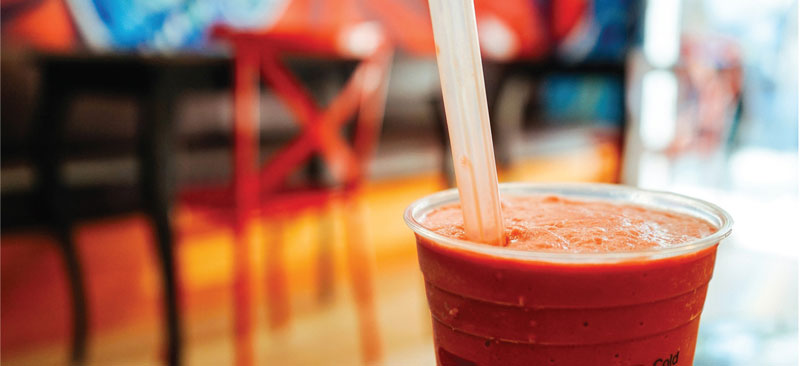
Given the size and nature, the foodservice industry generates large volumes of waste. The resource-hungry industry often uses a huge amount of food ingredients, technical equipment, water, and energy. There’s the cooking oil, food diners don’t finish, food that never makes it into dishes, and of course – the packaging, napkins, straws, and disposable cutlery. Be it processing, packaging, or structural waste (underutilised assets), some brave restaurateurs, cafes, and bars are trying to change that.
According to the environment and waste management specialist in Malaysia, Dr Theng Lee Chong:
Excessive packaging is a serious concern in Asia. The absence of proper regulations on food and beverage packaging had resulted in many consumer products being overly packaged, causing plenty of packaging material to go to waste. The unwanted extra packaging rarely has any use, or any second-hand use and most often end up in a landfill.
According to the UN report:
The energy consumption for the production, harvesting, transporting, and packaging of wasted food generates more than 3.3 billion metric tons of carbon dioxide worldwide. At the same time, a majority of the solid waste generated in the fast food industry is packaging waste, which is mostly disposed of in landfills despite its high recoverability. Practical experiences support the findings that the fast food industry is one of the industries heavily indulging in such practices.
MAKING A DIFFERENCE OR DIFFERENTIATION?
The Foodservice Packaging Institute’s 2015 Trends Report found that more foodservice operators are beginning to seek environmentally-friendly packaging and customisation techniques for their products in order to differentiate their products.
Lynn Dyer, president of the Foodservice Packaging Institute of Washington said, “When it comes to foodservice packaging and the materials used to manufacture them, interest in sustainable, green or environmentally-friendly options continue to be popular. What’s notable [in the recent year] is the overwhelming number of mentions related to compostable packaging.” Green packaging is not the only trend, other trends that affect packaging in the F&B industry include:
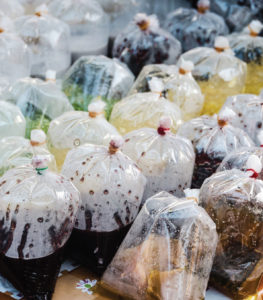 • Packaging – Environmentally-friendly packaging or “green packaging” remains a long-term trend in the F&B industry. Compostable packaging, in particular, is the talk-of-thetown, amongst other trends such as “brown is the new green” packaging movement. To promote a more natural brand look, more brands are using “kraft” paper over bleached paper for packaging to sell their products. Green graphics and colours in packaging have also become much prevalent as F&B operators recognise the opportunity to promote their brand via packaging.
• Packaging – Environmentally-friendly packaging or “green packaging” remains a long-term trend in the F&B industry. Compostable packaging, in particular, is the talk-of-thetown, amongst other trends such as “brown is the new green” packaging movement. To promote a more natural brand look, more brands are using “kraft” paper over bleached paper for packaging to sell their products. Green graphics and colours in packaging have also become much prevalent as F&B operators recognise the opportunity to promote their brand via packaging.
• Raw Materials – Resins and papers are trending and becoming more apparent in the use of raw materials. Both materials, however, are observed from the viewpoint of the perceived and real environmental advantages of using those materials.
• Machinery – Machinery used to manufacture foodservice packaging are seeing the need to shift towards highly automated machines that run at higher efficiency – faster and at lower costs.
• Distribution – Consolidation remains a significant trend in foodservice distribution, together with SKU rationalisation. SKU rationalisation refers to an analytical process that decides the items to retain, reduce or eliminate in the inventory list based on the historical sales data. The process is essential establish the groundwork for initiatives such as price-optimisation and space-planning, as well as to improve product availability. Another distribution trend in the F&B market is increased competition from smalland medium-sized distributors. Both factors significantly affect the associated packaging needs.
• Operations – More foodservice operators are resorting to the customisation of food and beverage items as well as associated packaging in order to stand out and differentiate themselves from competitors.
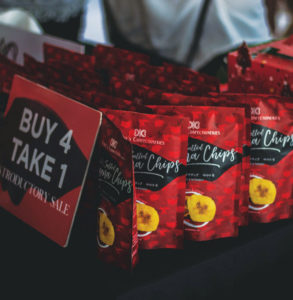 • Sundry Waste – Plastic, aluminium foil, paper, cardboard and other mixed materials are some of the familiar packaging and wrapping materials used in the foodservice industry, whose chemical structures cannot be digested by the ecosystem. These materials should direly be reduced.
• Sundry Waste – Plastic, aluminium foil, paper, cardboard and other mixed materials are some of the familiar packaging and wrapping materials used in the foodservice industry, whose chemical structures cannot be digested by the ecosystem. These materials should direly be reduced.
• Other Major Trends – Breakfast business, grab-and-go items and smaller portion food items are some of the trends that mirrors the consumer eating trend as well as the rising snacking trend, which indirectly affects packaging trends.
Generating packaging waste generates a huge environmental cost. We all know that but there’s more to that – packaging waste is also red thread connected to a cluster of other issues that can seriously impact a foodservice business. We are talking about: Economic waste caused by inefficient waste management, labour risks related to the management of large packaging, and last but not least, the image of your company. So why not choose to differentiate and make a difference at the same time?
FIRST, LET’S DEBUNK SOME MYTHS
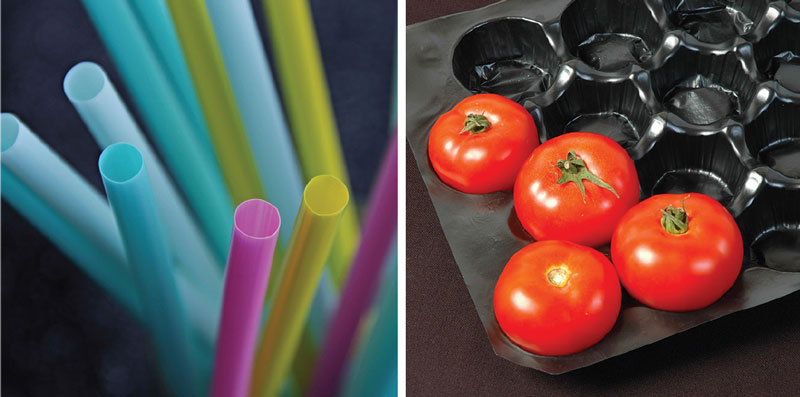
Plastic
The environmental spotlight has been on plastic. Contrary to the popular belief that plastic is the major contributor to packaging waste, avoiding knee-jerk reactions to the use of plastic is equally important. Let’s take a look at some of the most common myths of plastics so we can base our actions on evidence that can guide us to the right solution.
Myth – Plastic is heavily used in packaging materials.
Fact – 50 percent of all products manufactured in Europe are packed in plastic, according to the British Plastics Federation. However, the weight of plastic in consideration of the total packaging materials used only accounts for only 17 percent.
Myth – All plastics are bad.
Fact – While plastic is overexploited more often than not, some single-use plastics are essential in certain industries especially in the medical and foodservice industry (when food needs to be preserved). Multi-use polymers serve a good purpose too, notably for their durability.
Myth – Plastic has no value.
Fact – Truth is, plastic botles are the most abundant and valuable in the recycling chain. Unfortunately, only 60 percent are recovered, as consumers are in the habit of throwing the 40 percent away. Plastic bottles can be recycled five to six times, and the cycle limit has yet to be reached.
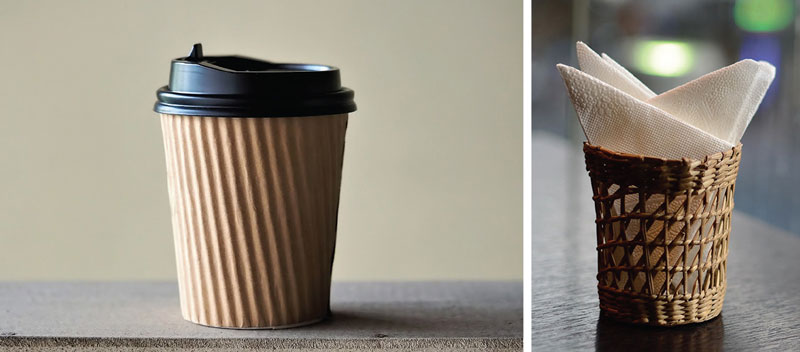
Paper
More than 1.5 billion pounds of paper waste per year are generated by restaurants alone, and that’s for receipts alone. There are many tree-based products in restaurants that could be recycled, replaced, or entirely eliminated. Look at the kitchen, the washroom, cutleries, and surfaces; these areas are usually cleaned using a product so easily used and thrown away – paper towels!
Myth – Paper cups are mostly environmentally-friendly.
Fact – Paper cups are primarily and entirely made from virgin paper extracted from tree pulp rather than recycled materials.
Myth – Paper consumes less raw materials A paper cup typically consumes raw materials across its life stages.
Fact – A paper cup typically consumes raw materials five times the weight of that used for a foam cup.
Myth – Used paper cups can be recycled.
Fact – Recycling used paper cups is not a sensible idea, for reasons of hygiene. In Asia, only 10 percent of the paper mills are capable of processing the wax linings that makes paper cups water-resistant. In fact, the distinct recycling logo found on paper cups sleeves indicate that only these components are recyclable, not the entire cup itself.
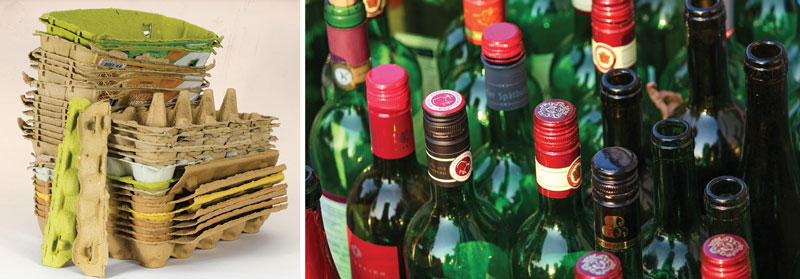
Other Packaging Materials
Materials that have traditionally been used in food packaging include glass, metals (aluminium, foils and laminates, tinplate, and tin-free steel), paperboards, and plastics. In today’s food packaging, several materials are often combined to exploit each material’s functional or aesthetic properties. Yet, there are still some common myths in the exploitation of these packaging materials.
Myth – Material is more important than design.
Fact – In the world of sustainability of packaging, materiasl are considered more privotel than a product design. In reality, design often determines the reusability and recyclability of packaging. Black plastic, for instance, is a popular choice for food containers worldwide because food spills are better hid and cannot be easily scanned and sorted for recycling. White plastic, on the other hand, leads to increased recycling.
Myth – Aluminium and glass are lower-carbon alternatives to plastic.
Fact – In actual, these materials produce more carbon than plastics. According to a study by Denkstatt, if steel, aluminium, tin-plate, and glass were to replace plastic-packaging polymers such as LLDPE, LDPE, and HDPE; packaging mass would increase by a factor of 3.6 and the life-cycle energy demand would increase by a factor of 2.2, which is equivalent to 20 million heated homes.
Myth – Biodegradable means compostable For a material to qualify as “compostable” and therefore, sustainable.
Fact – For a material to qualify as “compostable”, from coffee cups to drinking bottles, it must be able to break down not more than 12 weeks in composting conditions. In countries such as U.K., not many biodegradable and compostable packaging are industrially composted though compostable bioplastics currently represent approximately 10,000 tonnes of U.K. sales.
Have you been a believer of some of these myths? Don’t worry, we’ve all been there and now, it’s only a matter of using our awareness to bring about the right change and reduce packaging waste in your foodservice establishment. Let’s find out how we can do that in the next segment!







